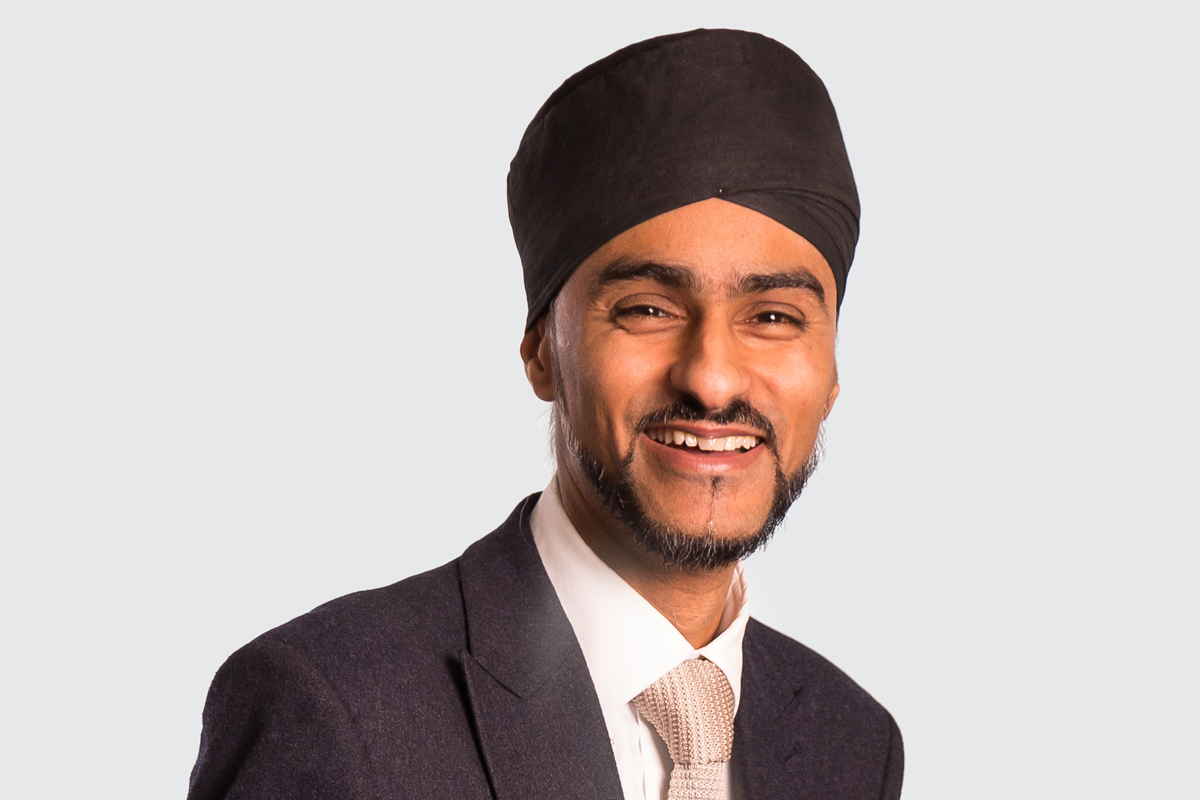Making places work

By Dav Bansal, director at Glenn Howells Architects
Places don’t just make themselves. As well as the people who physically build and fit buildings out, there are those, like Glenn Howells Architects, who design buildings in the first place.
So what exactly does that entail?
An architect doesn’t just create something functional. It’s also about creating a place, and just as importantly, a sense of place, so those who will live or work in, or experience a building, can do so in a positive way.
No mean task.
When redevelopment schemes come before planners, the longevity of the project and the ability to deliver on national and local priorities, is a key consideration.
But what happens when these priorities aren’t – or can’t be – met?
In London recently there has been a couple of high-profile schemes that have failed to win the crucial political or financial backing.
The Garden Bridge project aimed to create a green, pedestrian route across the Thames. This is something that sounds highly sustainable and desirable at first glance – yet it became far less sustainable and desirable when it emerged that the total costs for the bridge would top £200 million and cyclists and groups would be banned from using it.
The Tulip in the City of London was a 305 metre high observation deck proposed for a site next to The Gherkin and other tall buildings in the City cluster.
London Mayor Sadiq Khan refused planning permission after an outcry from heritage body Historic England, amongst others. The reasons given for refusal – and this is perhaps the important bit – include this telling quote:
‘This is the wrong building in the wrong place. We advised that its height and design – essentially a tall lift shaft with a bulge on top – would cause permanent and irreversible damage to the setting of the Tower of London, and in turn, the image and identity of the capital.’
We do truly believe that in Birmingham we work in both a collaborative and economical way, which is one of the strengths of Paradise being a highly investable vision from the very start.
With both public and private partners we are very alive to the needs of the different stakeholders and communities involved and from the outset we have been talking to everyone to garner their opinions about how Paradise should work.
Our job as responsible masterplanners and architects is about translating those local needs and priorities into something everyone can work with.
We acknowledge that Paradise needs to be viable and deliverable in several phases, yet also transform the setting of its heritage into a world-class destination that can be enjoyed by the people of the city and its visitors.